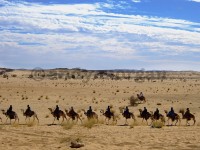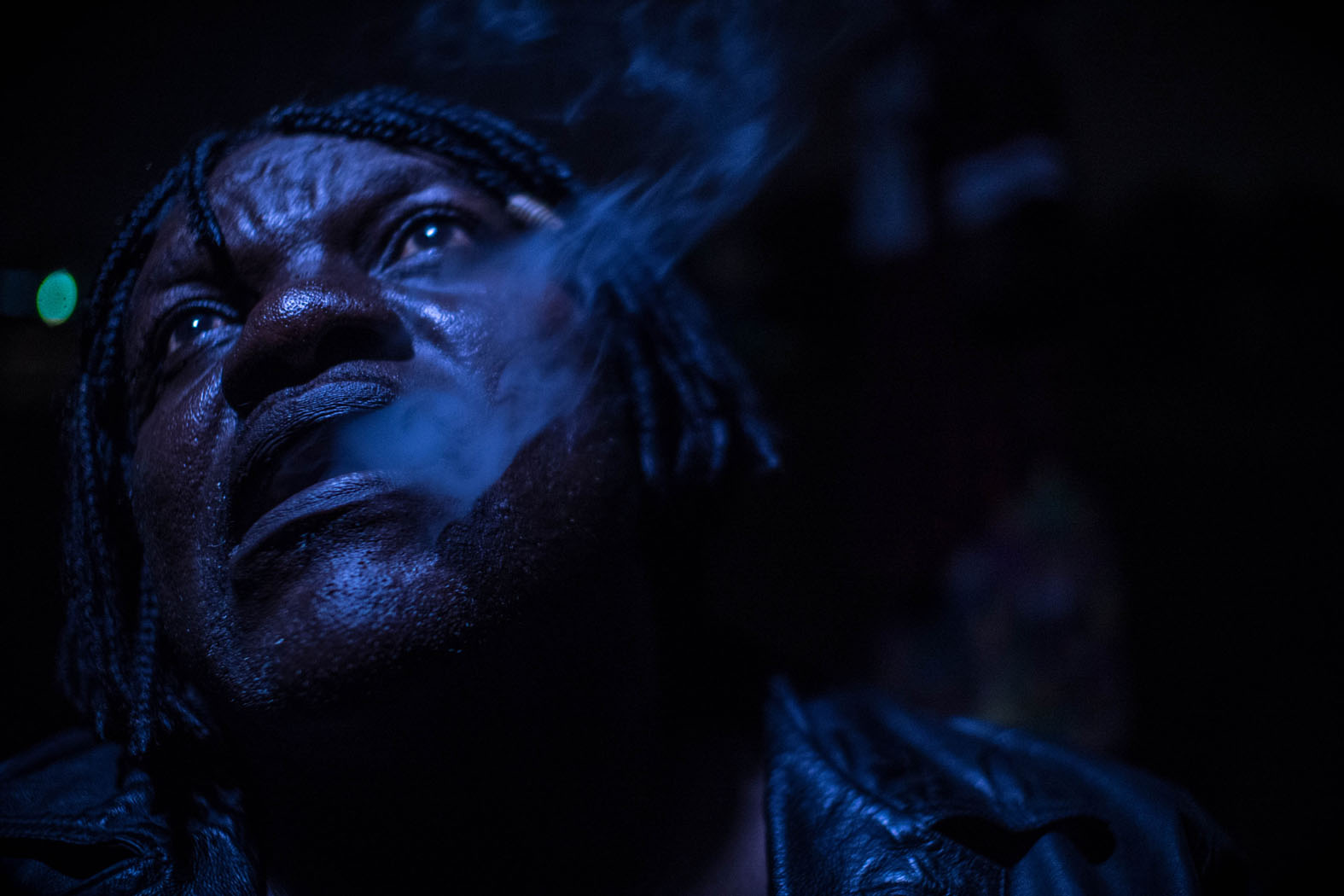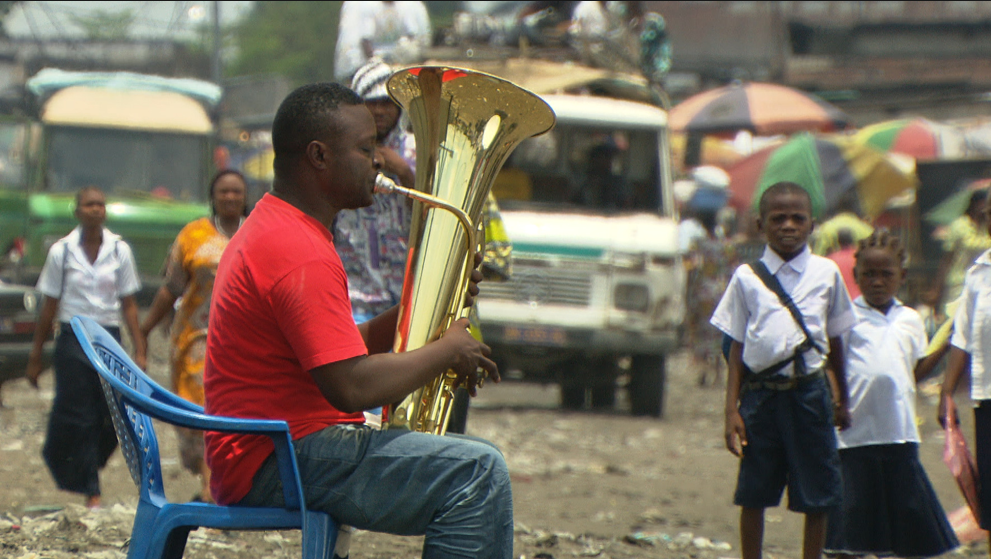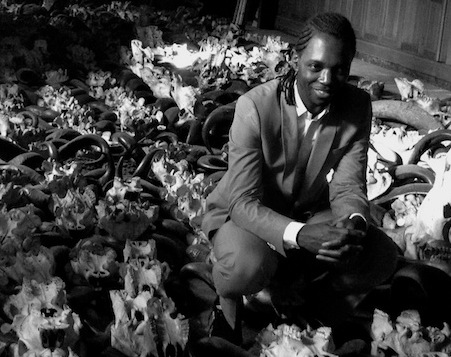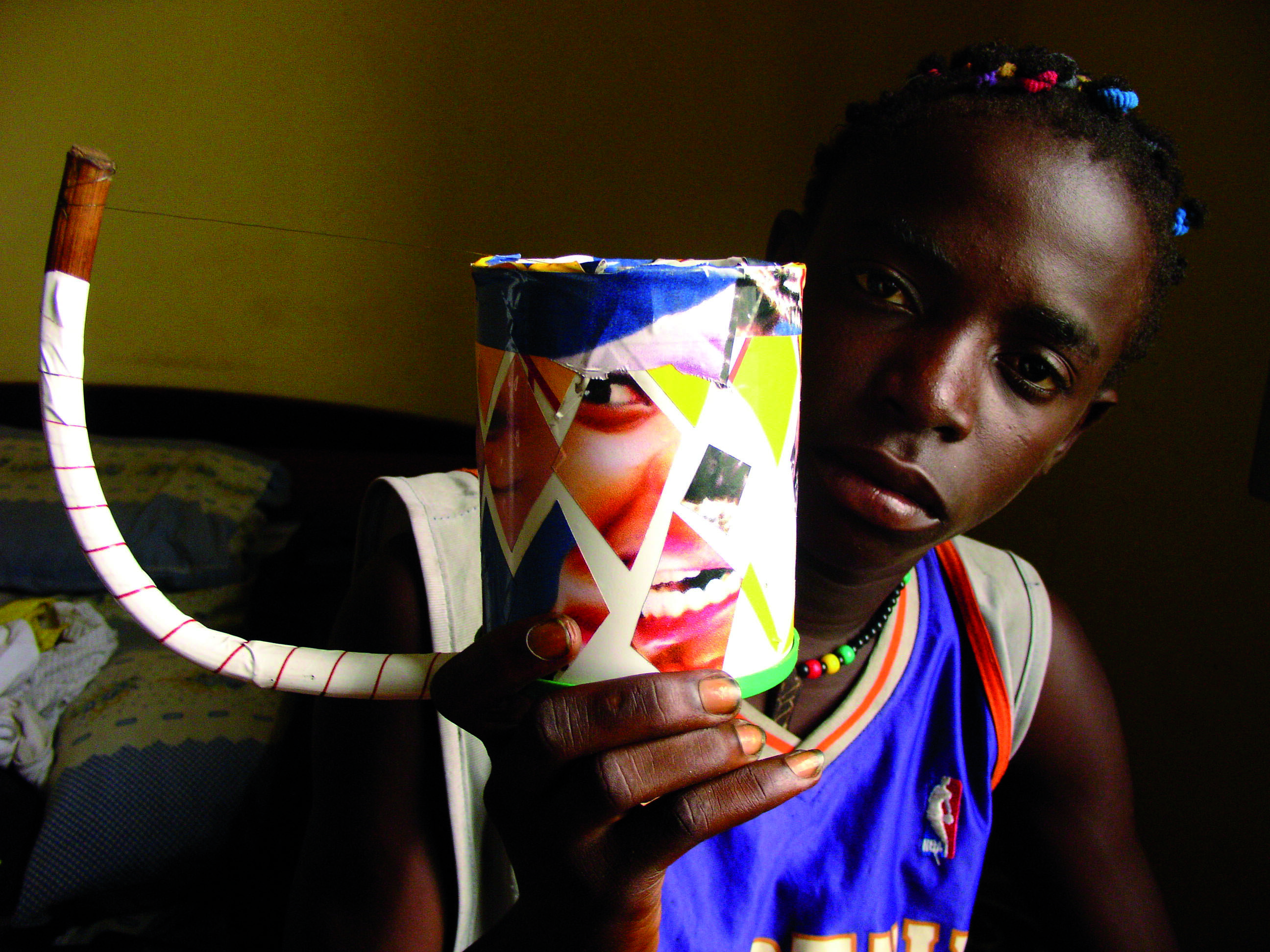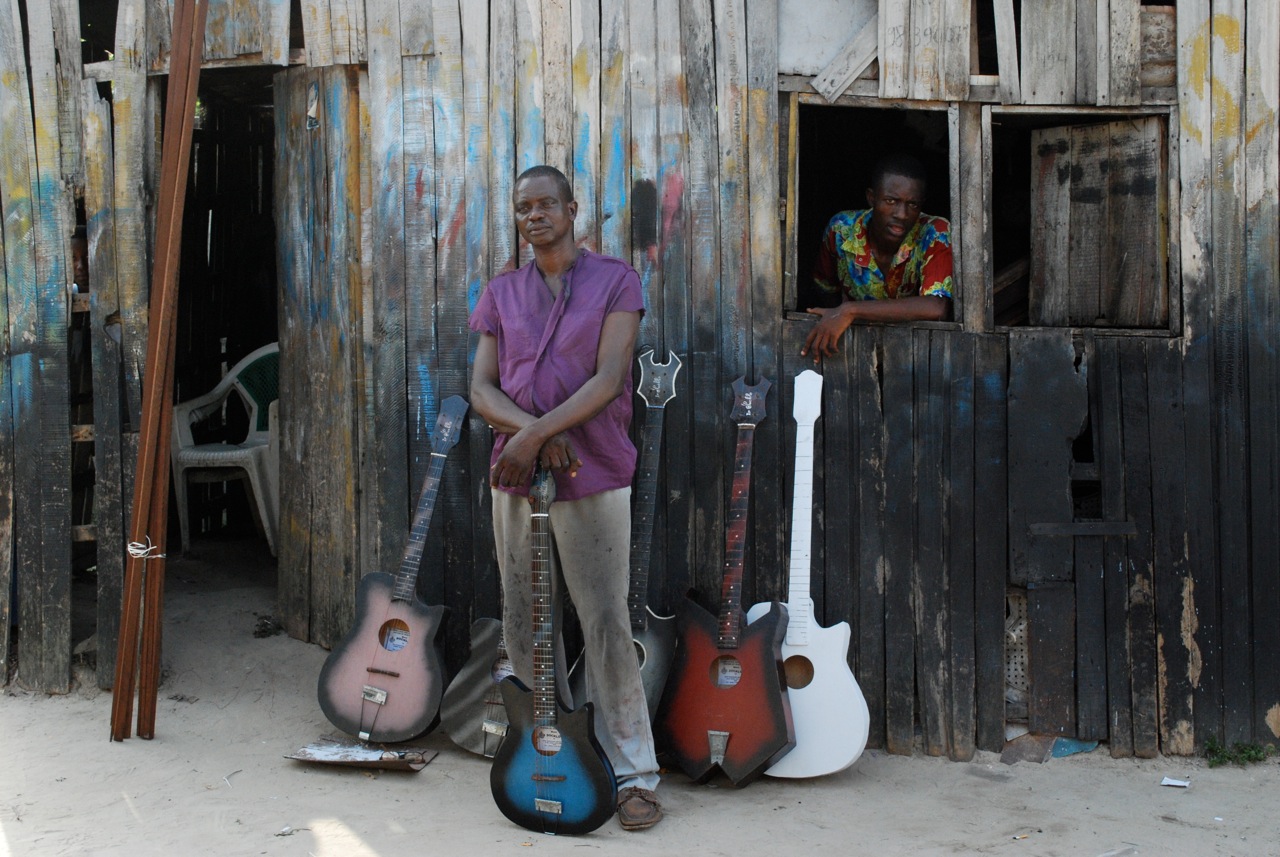With the world’s media riveted to events in Washington, the West African nation of Mali might be forgiven for feeling a little abandoned in one of its darkest hours since independence. Last Tuesday January 17th at 9am a young jihadist by the name of Abdel Hadi al Foulani drove a pickup truck into a military…
Category: MNLA
THE CAUSES OF THE TOUAREG UPRISING OF JAN 2012 – The 4th roll of the Tamashek Dice
SEYDOU CISSÉ of GANDA IZO – “We should have followed the MNLA from the start”
Here’s an amazing news story: http://maliactu.net/mediation-dans-la-crise-malienne-nous-preferons-ouaga-a-alger-dixit-moussa-ag-attaher/ On February 9th last, the MNLA and the Ganda Izo held a joint press conference in Ouagadougou and issued a joint statement announcing a future collaboration between the two movements. The two groups also expressed strong support for Burkina Faso’s mediation in northern Mali and denounced any attempts by…
Does the Touareg question have an answer?
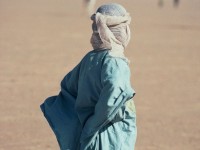
A few years ago, on a beautifully calm Saharan evening, I was drinking tea with an old Touareg musician in a garden near Tessalit in the far north east of Mali, a place that has recently been in the news for all the wrong reasons. The musician’s work was gaining popularity throughout Europe and North…
WOMEX 2013 AWARD SPEECH – What the Festival in the Desert did for one dumbfounded tourist
Ladies, gentlemen and fellow Womexicans… On the third of January this year, Ansar Eddine, one of the three armed Salafist groups who ruled over the northern two-thirds of Mali and imposed a brutal form of shari’a law on its people, issued what they called their ‘political platform’. In many ways it’s an extraordinary document, of…
REVIEW of ‘Music, Culture & Conflict in Mali’ – SONGLINES, September 2013
It was a small consolation, but one of the few positives to come out of the occupation of the northern two-thirds of Mali by armed jihadist groups in 2012 was the informed analysis of Andy Morgan. At the height of the crisis, Morgan seemed ubiquitous in the western media – on radio, television and in…
The Ouagadougou Accords – Peace in our time?
An accord between the government of Mali and groups representing the Touareg-led rebellion in the north, primarily the MNLA and HCUA, was signed two days ago in Ougadougou at end of several weeks of intense negotiation. Le Monde has a concise and fairly comprehensive report on this possibly historic event. So is this peace in our time?
NEW BOOK – Music, Culture & Conflict in Mali
My new book MUSIC, CULTURE & CONFLICT IN MALI takes an in-depth look at the crisis that overtook Mali in January 2012 and lead to a ten-month occupation of the northern two-thirds of the country by armed jihadi groups. The book examines the roots of those tumultuous events and their ef- fect on the music and culture of the country. There are chapters on music under occupation in the north, the music scene in Bamako, the destruction of mausoleums in the north, the fate of Mali’s precious manuscripts, Mali’s film and theatre industries and the response to the crisis from writers, poets, journalists, intellectuals and film-makers.
MUSIC, CULTURE & CONFLICT IN MALI (extract) – Tisrawt: The epic tale of a theatre company from northern Mali
BOOK EXTRACT: “Tisrawt is a microcosm of Touareg society,” Melissa explains. “That’s to say, it is a group of people who come from many different clans. Some are pro-MNLA. Some are pro Ansar ud-Dine. Some are pro-Mali. Others say that it’s all nonsense. And the aim is to understand each other, to live together and work together on a common project.”
MUSIC CULTURE & CONFLICT IN MALI (extract) – “We have come here to teach you the true faith”
BOOK EXTRACT: In important ways, the scenes of vandalism and destruction that were played out in Timbuktu following the Salafist takeover in April 2012 weren’t new at all. There was something very old about them. Mostly white Arabic or Hassaniya speaking men from the northern deserts were ‘teaching’ the blacks how to worship Allah in the ‘proper’ manner.

